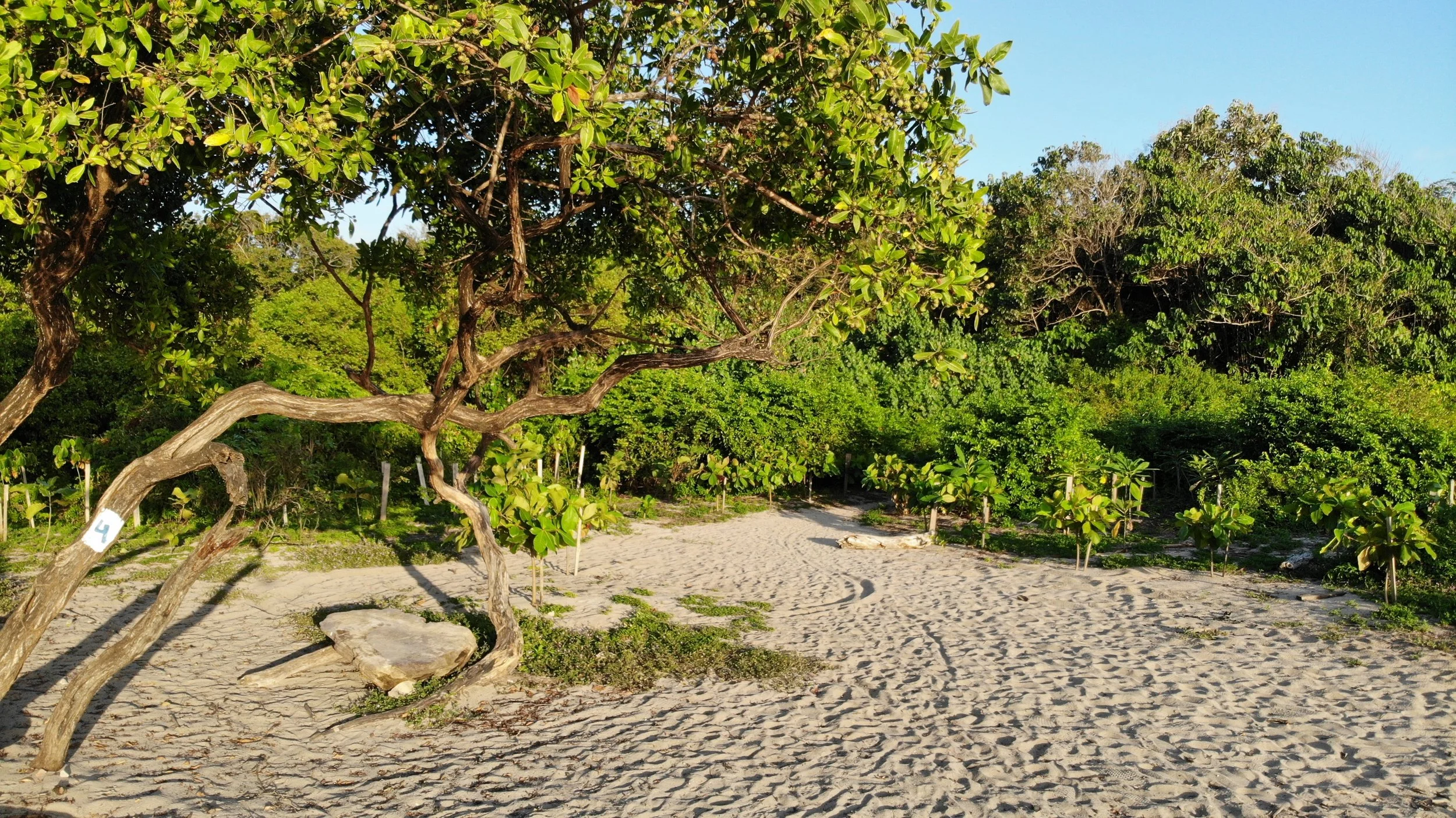
about us
Our Mission
To restore coastal forest ecosystems in the Pacific region of Costa Rica by leading community based reforestation projects.
Our Vision
A continuous restored coastline honoring our natural-cultural heritage and our country’s name, as it welcomes and sustains human and wildlife communities thriving together in harmony, admiration and in respect of each other.

Our Goals
Restore devastated coastal ecosystems from past agricultural exploitation.
Create a diverse coastal forest corridor along the Pacific Coast of Costa Rica.
Expand our impact through strategic and long lasting partnerships with other organizations, local governments, and communities.
Actively involve local communities in our reforestation projects through educational and hands-on, engaging activities.
Our Story
Once upon a time, the Pacific coastline in Costa Rica was covered with extremely diverse tropical forests, ranging from the Northern Dry Forests in Guanacaste, to the richest coastal ecosystems found on Planet Earth, the South Pacific Rain Forests. Healthy coastal ecosystems play a fundamental role in preventing desertification on the land, protecting human populations from extreme oceanic phenomena (hurricanes, tsunamis, cyclons, etc.), controlling erosion, preventing coral bleaching events, and providing temperature regulation and ecological balance to enhance ecotourism activities, among other essential needs.
Due to cattle farming and other types of agriculture, which boomed in the 1940-1950's, long stretches of coastal forests were essentially wiped out along the Pacific coast of Costa Rica. Fortunately, in 1977, the Maritime Terrestrial Zone law was passed, protecting and regulating a 200-meter line along the entire coast of the country, in which the first 50 meters are deemed absolutely public and to be preserved as natural. In addition to this, Costa Rica then established many natural protected areas such as National Parks and Wildlife Refuges along the coastline, including beaches where several species of sea turtles nest, thus protecting an essential part of their life cycle.
However, the efforts to protect coastal ecosystems (including sea turtles) were not enough. In most cases, exotic grass and other invasive plant species colonized areas where diverse coastal forests were originally found, and severe erosion impoverished the soils, preventing the natural restoration of coastal forests.
It became clear that such devastated ecosystems required human intervention to help kick start the reforestation process. In 2008, Max, a university student who loved surfing on weekends, got tired of seeing his favorite surf break, Playa Hermosa, looking so devastated even though it became a national wildlife refuge in the 1990’s to protect sea turtle nesting grounds. Historic agricultural practices had entirely deforested the beach and it was impossible to find any natural shade. Max, realizing he had to do something about it, created Costas Verdes, an initiative to locally reproduce native trees and involve the community in reforesting the coastal wildlife refuge.
After a successful start in Hermosa, Max shifted his focus to the north Pacific coast to replicate the restoration model in Playa Guiones, Nosara. Playa Guiones shares the same background as Playa Hermosa: an old, abandoned cattle farm was declared a national wildlife refuge decades ago, but the forests never returned. Since then, Costas Verdes has been expanding their projects along the Pacific coast, planting over 96,000 trees, reintroducing 96 native species, and creating 4 tree nurseries.
Costas Verdes believes that in order to make its projects sustainable throughout time, high community involvement is essential. Since its very beginning, it has reached out and engaged with local schools, universities, local governments, NGO’s, and businesses, to create a sense of stewardship and responsibility, and empowering the local communities through tree-planting campaigns, workshops, talks, sponsorship programs, and strategic planning. Since 2009, 35 local schools, over 10,800 volunteers and 50 businesses have been involved in our reforestation projects.

